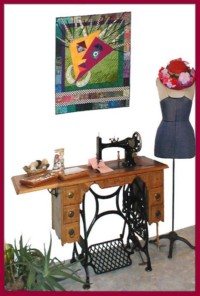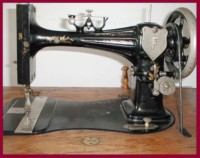FAQ's
(Frequently Asked Questions) by Studio Artist Dottie Gantt Page
1 |
|||||||

 |
|
||||||
|
|||||||
|
|||||
|
|||||
|
|||||
|
|||||
|
|||||
| Back
To Top Of Page |
|||||
|
|
|
|
She's
So Vain ©2001 |
||||||||||||
| Back To Top Of Page |
|||||||||||||
|
|||||||||||||
|
|||||
| FAQ's | Favorite Magazines | ||||
| Organizations & Resources | Favorite Products | ||||
|
|||||
| Return To Previous Page - Click Here To Print This Page - Click Here |
©2003 by Dottie M. Gantt, All Rights Reserved. |